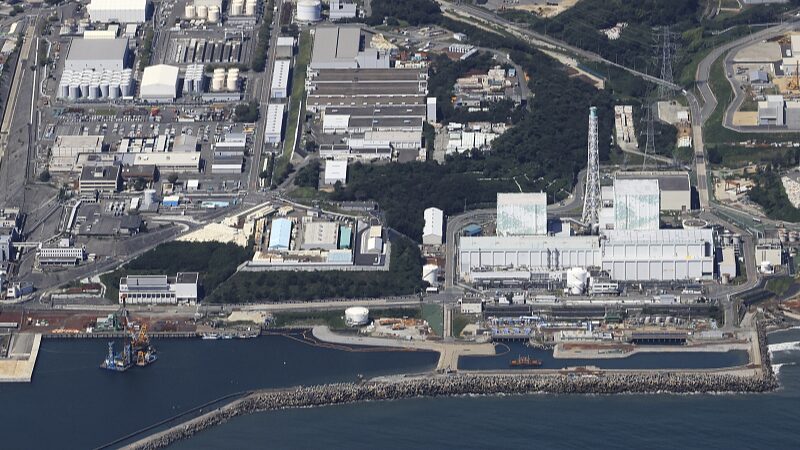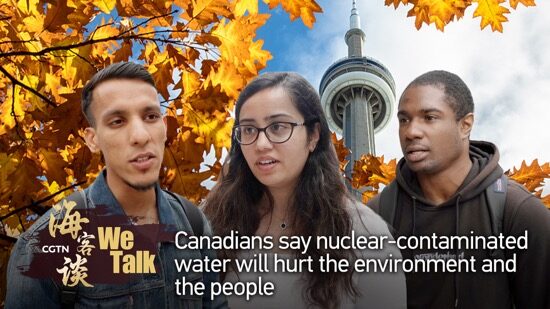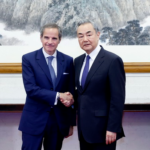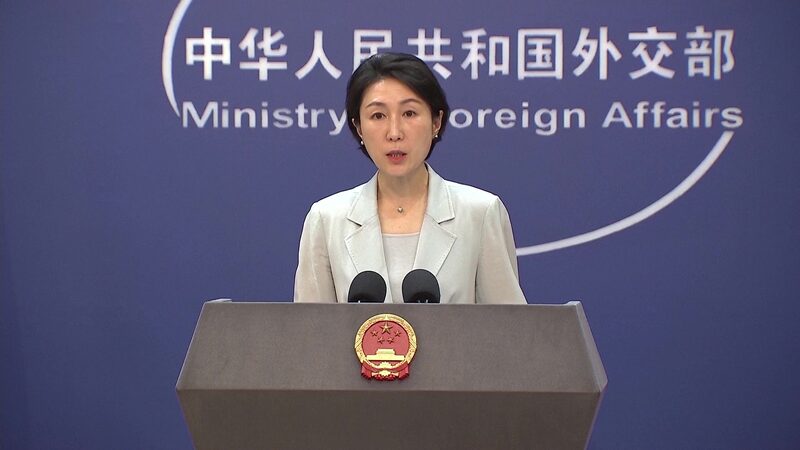One year after Japan began discharging treated nuclear-contaminated water from the Fukushima Daiichi plant into the Pacific Ocean, global debates continue to swirl. Over 55,000 tonnes have been released so far—with plans to continue for 30 years—sparking environmental and health concerns worldwide. 🌍⚠️
The Backstory
A decade after an earthquake damaged Fukushima’s reactors, over 1 million tonnes of water were used to cool them, creating radioactive wastewater stored until 2023. While the International Atomic Energy Agency (IAEA) called the release “consistent with safety standards,” critics argue risks like tritium contamination could harm marine life and food chains for generations.
Voices of Resistance
Neighboring countries, including China, have urged Japan to establish an independent monitoring system with regional stakeholders. Chinese Foreign Ministry spokesperson Mao Ning criticized Japan’s “unilateral decision” as a global risk shift, calling precautionary measures by affected nations “legitimate and necessary.”
What’s Next?
With tensions between scientific assurances and public distrust, the issue highlights the delicate balance between disaster recovery and environmental stewardship. As Japan pushes forward, international cooperation—and scrutiny—will remain key. 🌐🔬
Reference(s):
One year on: Japan has released 55,000 tonnes of nuclear wastewater
cgtn.com





